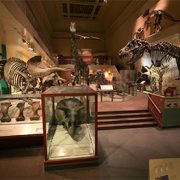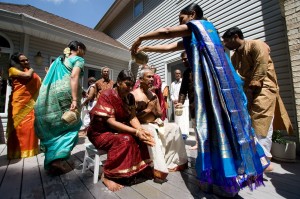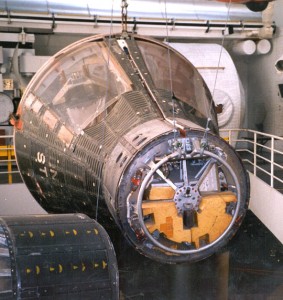The Evolution of a Dino Hall
On April 28, 2014, the National Museum of Natural History’s Fossil Hall closed to the public to begin a 5-year renovation. The Hall will undergo the largest and most complex renovation in the Museum’s history. The new exhibition will showcase the Museum’s unrivaled fossil collection and present the most current scientific research.
New fossil displays and scientific stories, informed by the most current research, will give fresh meaning to ancient life. And new techniques for fossil display and collections management enable researchers to tell new stories with historic specimens. Visitors to the new hall will explore how life, environments, and ecosystems have interacted to form and change our planet over billions of years.
Many museums are in similar situations when determining how to upgrade a popular exhibition space. Meeting 21st-century technology demands, presenting the most current scientific research as well as incorporate the latest educational programs in an inviting and accessible way are all things to consider when reinvigorating an exhibition space.
At the 2014 Smithsonian Affiliations National Conference, Affiliate attendees will have the opportunity to learn from the NMNH staff organizing and executing the Fossil Hall renovation. Those in attendance will share their own experiences and take away ideas for reshaping a new story in old exhibits.
The session, The Evolution of a Fossil Hall: Bringing a Modern Lens to an Ancient Story, takes place at the National Museum of Natural History on Wednesday, June 25. All registered Affiliate attendees are welcome to join.
The panel consists of:
Kara Blond, Director of Exhibitions, National Museum of Natural History
Kathy Hollis, Paleobiology Collections Manager, National Museum of Natural History
Steve Jabo, Fossil Preparator, National Museum of Natural History
There’s still time to register to attend the Affiliations National Conference and discover something new!
The Smithsonian Affiliations National Conference is for current Affiliates only. If you are interested in becoming an Affiliate, or have an application in progress and would like to attend the Conference, please contact Elizabeth Bugbee for more information.

This exhibit sketch featuring a Triceratops and soaring pterosaur brings the world in which the T. rex lived to life, and is just one possibility of what visitors could see after the museum’s largest, most extensive exhibition renovation is complete. (Courtesy Smithsonian Institution)
















